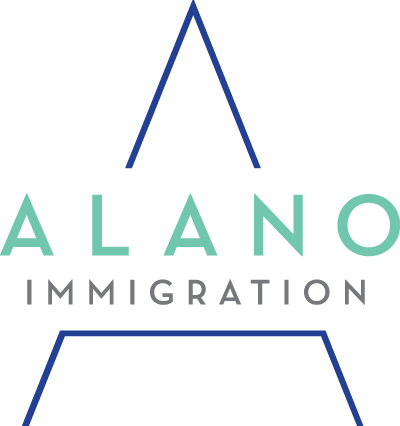Last month, USCIS released new processing time reports for various visa petitions, including Form I-130 petitions for immediate relatives. Immediate relatives are spouses, parents, and children under 21 of U.S. citizens and are the most favored category. There is no wait for a visa number in this category. Contrast it to someone who is a sibling of a U.S. citizen – a brother or sister in the Philippines may have to wait 23 (or possibly more realistically 40) years for a visa number to become available in that preference category. Generally, U.S. citizens will file stand-alone I-130 visa petitions for immediate relatives who are living abroad and will apply for an immigrant visa at a U.S. embassy or consulate.
The new processing time for the I-130 visa petition for immediate relatives is now a little over one year at the California Service Center. A review of the Nebraska, Texas, and Vermont Service Center processing times also shows backlogs of more than one year. This has been disheartening news and it is the worst backlog I have seen in that category at the California Service Center in several years. That processing time does not include consular processing time. Previously, visa petitions for immediate relatives were taking about five (5) months to adjudicate at the California Service Center (again, not including consular processing). From August last year to about February this this year, visa petitions in this category were being transferred to the local USCIS district offices for adjudication to help accommodate DACA (Deferred Action, Childhood Arrivals) applications. The result was actually beneficial. For example, in the San Francisco district, it was only taking about two to three months to adjudicate the petitions. USCIS recently began transferring immediate relative I-130 petitions to the various regional service centers to balance overall workload, and the result has been the backlog.
I am an optimist at heart and am hopeful that the backlogs will decrease. USCIS has made strides with customer service and processing times, and I cannot believe that it would take so many steps back. It is also my understanding that at least one of the service centers has hired additional officers, which will help decrease backlogs once they are fully trained.
One possible solution that immigration lawyers are now discussing is bringing back the K-3 visa. The K-3 visa was introduced early in the millennium as an ameliorative visa that allowed spouses (and K-4 dependent children of K-3 spouses) to wait out the then long processing times of pending visa petitions in the United States. There are more applications and procedural steps to follow, and extra costs, but separation between spouses is shortened. For many years, K-3s had been disfavored by immigration lawyers, and, unfortunately, offered as scams to unwitting consumers by visa form-filling companies. They would charge for the extra service, and the K-3 visas were pretty much useless because they were taking as long to adjudicate as the visa petitions (when things were moving fast) and then cancelled out by the embassy to proceed on the I-130 visa petition. Now, with longer visa petition adjudication wait times, the K-3 may be an option to consider depending on your personal facts and circumstances. I am wondering if a backlog will develop for the K-3 category now that the I-130s are taking so long.
As always, I advise people to consult with an immigration attorney for your particular legal situation.
**Update – as of November 18, 2013, the latest processing time for immediate relative I-130s at the California Service Center is down to nine (9) months.
Grace Alano is an immigration attorney at The Law Offices of Grace R. Alano in San Francisco, CA. Find Grace on Google+, Twitter and Facebook.
Image from Late Magnolia
